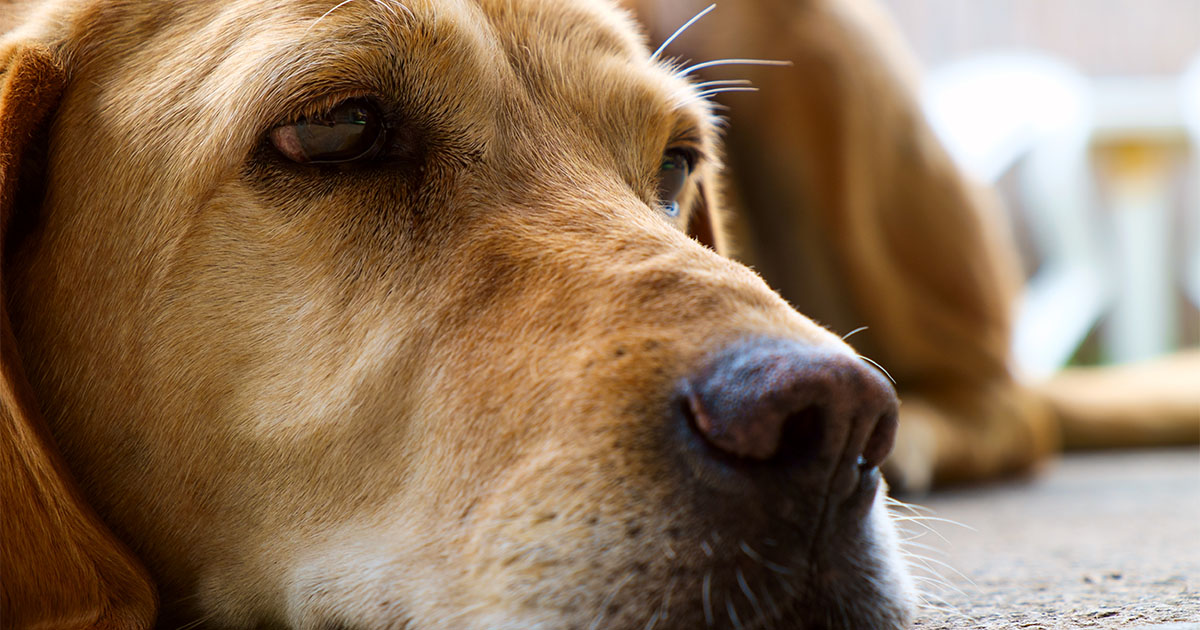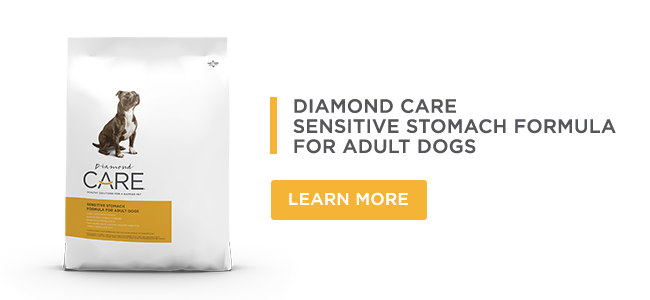Many dogs are notorious for eating things we consider to be gross (e.g., stool, garbage) or inedible (e.g., stones, baby pacifiers, toys). While one or two occurrences of vomiting may not be concerning, vomiting is also a clinical sign associated with serious and even life-threatening conditions that require immediate veterinary attention.
Why do dogs vomit?
Dogs vomit for many reasons. In fact, vomiting is one mechanism the body uses to protect itself from dangerous substances. Some triggers are temporary, such as mild stomach upset following a minor dietary indiscretion, motion sickness and bilious vomiting syndrome. But other causes are related to serious health problems, such as a gastrointestinal foreign body obstruction, poison exposure, medication side effects, viral or bacterial infections, gastric-dilatation volvulus (GDV) or a major metabolic disorder, such as pancreatitis, kidney disease, liver disease or diabetic crisis.
Vomiting can trigger more vomiting
Vomiting is most often linked to stomach inflammation or irritation. However, vomiting also causes stomach inflammation, making it even more irritated and priming it for more vomiting. Anything that enters an upset stomach — even something as harmless as fresh water — can trigger vomiting. And it’s a cycle that can quickly spiral out of control if your dog drinks or eats right after vomiting.
What you can do at home before trekking to the clinic
An isolated, random episode of vomiting may not be a concern. Many dogs who vomit have minor problems that get better without medical treatment. That said, the safest strategy is to seek veterinary care — or at least speak with your veterinarian or a veterinary technician.
If your canine companion has vomited only once or twice, here’s what you can do at home to start managing your dog’s vomiting while you’re deciding if you should seek immediate medical care:
- Pick up your dog’s food and water bowls immediately to avoid inducing additional vomiting by allowing your dog to drink or eat too soon after vomiting.
- Look through your dog’s vomit before cleaning it up. As gross as that sounds, what you see in your dog’s vomit may point to a cause or indicate its severity. Sometimes you may find only food. Other times you may find nothing except for saliva, mucus, water and/or bile. And sometimes you may find evidence of dietary indiscretion (e.g., gum or candy wrappers, chocolate, socks or pieces of clothing) or poisoning (e.g., medication, chunks of rodent bait or dye from mouse poison).
- Evaluate how your dog is acting. Your dog’s behavior is the best indicator of whether or not you should worry. If they are behaving normally except for the one or two bouts of vomiting, or if they want to eat or drink, you can probably wait a little longer to see what happens.
- Allow your dog’s stomach to “rest” by withholding all sources of food and water for at least two hours, and possibly as long as eight to 12 hours. If no additional vomiting occurs during that time — and no new symptoms (such as diarrhea) appear — offer a small amount of water. If your dog drinks and can hold the water down for an hour, you can gradually reintroduce larger amounts of water.
- Reintroduce small amounts of easily digested food once your dog is keeping water down. Veterinarians will vary in their recommendations about how quickly to reintroduce food following vomiting. You could begin offering small amounts of food once your dog has kept a small amount of water down for an hour. Other veterinarians will recommend waiting for eight to 12 hours after being allowed to drink, assuming no new vomiting has occurred. You’ll want to check with your regular veterinarian about how long you should wait before offering food.
The easily digested food that you offer can be a home-prepared mixture of boiled boneless and skinless chicken breast and steamed white rice. However, your veterinarian likely offers a commercial diet that’s ideal for these situations because it provides all of the nutrients your dog needs to help its digestive system to recover. Regardless of which special food you feed, you’ll want to gradually increase the amounts over one to two days. Then you can gradually start mixing in your dog’s regular food.
If your dog begins vomiting at any time during home management, it’s time to seek veterinary care.
When should you seek veterinary care for your vomiting dog?
As noted previously, not all cases of canine vomiting should be managed at home. If inspection of your dog’s vomit suggests potential toxicity, seek immediate veterinary care. You’ll also want to seek medical attention if your dog vomits multiple times in one day, vomits for more than 24 consecutive hours, or shows any of these symptoms along with vomiting:
- Decreased or lost appetite
- Diarrhea
- Blood in vomit or stool
- Unusual or severe lethargy (inactivity)
- Increased or decreased urination
- Change in thirst
- Abdominal pain
- Pale or white gums
- Collapse
When in doubt or when concerned about your furry friend’s vomiting, give your veterinarian a quick call. Your veterinarian will gladly help you determine whether the problem is urgent based on the history you provide. Your veterinarian can also provide the best advice on how you can manage your dog’s health.
RELATED POST: Know When It’s Time to Call the Veterinarian








